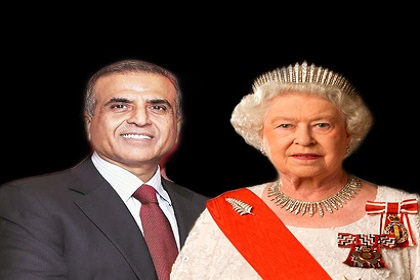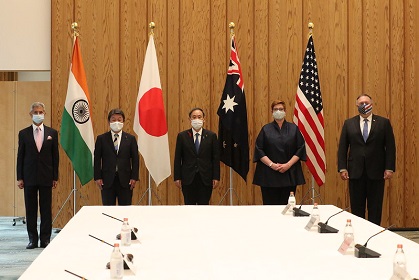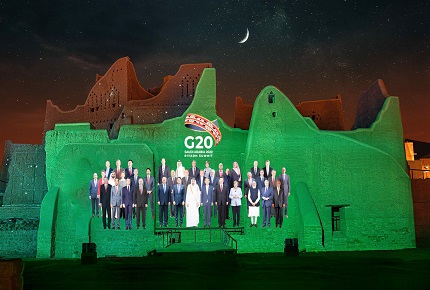India’s agenda at the UNSC
India's presence in the UNSC in 2021 provides a unique opportunity to bring India’s capacities and performance to global notice. It will be on the inside track for critical issues like the election of a new UN Secretary General, and defining global issues like the Corona pandemic and climate change, but must also use its position to prioritise counter terrorism and maritime security, especially with Chinese expansionism in the Indo-Pacific.










